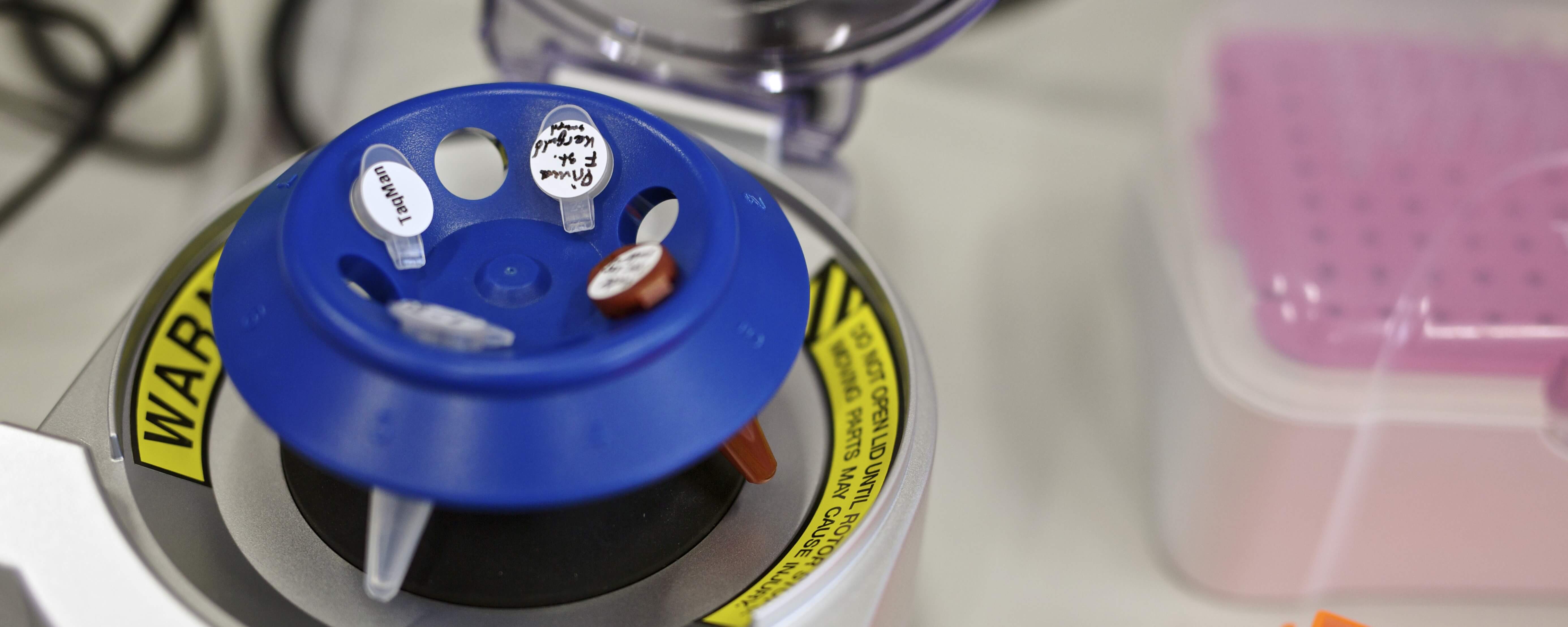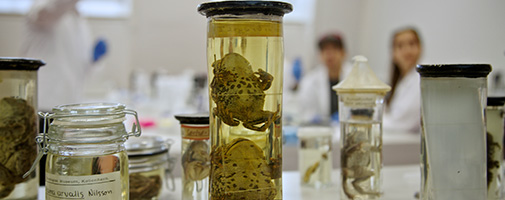Participate in field work
Purpose of field work:
The aim of the project is to monitor the common, rare, non-native and invasive species in seawater, freshwater, and brackish water. This is done by gathering DNA-traces – so-called environmental DNA – from aquatic organisms and analyzing the DNA-samples using real-time PCR. We invite you and your high school class to help with the collection of environmental DNA in connection with the spring fieldwork.
The researchers at the Natural History Museum of Denmark and the University of Copenhagen use the results and the collected data to shed light on the distribution of the selected species in aquatic environments.
What does the field work require of you?
- The Natural History Museum of Denmark will send a field kit to the registered collector. Each kit is prepackaged and contains equipment needed to collect the water samples. It is delivered to the high school – FREE OF CHARGE!
- If the school has easy access to the specific aquatic environment, the field work can be done in just 1.5 hours.
- You must then gather the environmental DNA-sample, note down data from the study, and send it to the museum right away.
The field work could easily be combined with ecological studies that the class can continue to work on back at school.
Enter data from the field work
In connection with the collection of environmental DNA-samples, data must be registered in the formula found HERE.
There are three filters in the kit containing the materials needed for collection of the water samples. Two of the filters must be kept by the collector and later brought for further processing and analysis at either Herning Gymnasium or Hjørring Gymnasium. The third filter must be sent back to the Natural History Museum of Denmark in the return envelope included in the kit. Please note that it is required that you have participated in the relevant course on how to analyze the samples, if you wish to do so at either Hjørring or Herning Gymnasium.
Should the collector not want to analyze the two remaining filters, either in Herning or Hjørring, all three filters must be sent back in the return envelope.
The return envelope must also contain a datasheet with the same information as entered in the formula linked above.
Register for field work:
When you register for the field work, you simultaneously choose one of the remaining specified locations. You can decide the exact sample collection point on location. Should you, for example, choose the location ’Sea – Nissum bredning/Venø bay, Thisted bredning, Kås bredning (Limfjorden)’, you can collect the sample either in Nissum bredning, Venø bay, Thisted bredning or Kås bredning. You also decide if the sample is collected close to shore, in deep water, at a pier/ bridge or elsewhere. Choose the spot you think is the most interesting.
The classes that register and conduct the field work, will also have the opportunity to get notified about the beginning of DNA and life lab work courses before the official announcement.
Register for field work at the bottom of this page by filling out your and the high schools contact information and picking your location.
When you register you consent to the University of Copenhagen registering your contact information [name, institution address, post code, city, region] and the submitted data about your participation in the Citizen Science project DNA & Life / “DNA PÅ FORKANT”. At the same time, you allow the University of Copenhagen to use your data for research purposes and to store the data indefinitely.
Read the privacy policy of the University of Copenhagen HERE.
Book teaching
Book teaching through this link.



